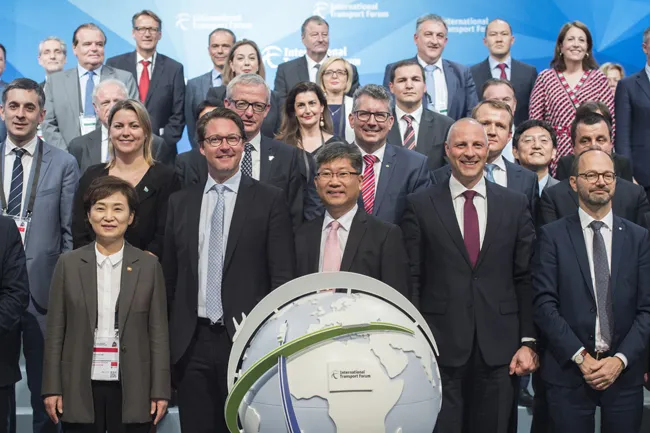A new programme of research may deliver innovative technologies to help in the development of more complex concrete structures. This new research project is enabling state-of-the-art design through the use of finite element limit analysis for solid concrete structures. This is helping to deliver savings in terms of materials and time, with a major impact for cost reduction. Meanwhile structures can be built more readily and with fewer environmental issues.
“With the current state of affairs, uncertainties and disputes among engineers are often encountered in practice regarding the actual load bearing capacity of solid concrete structures and the actual amount of minimum reinforcement that is required to ensure sufficient ductility”, explained Linh Cao Hoang, Professor at the Technical University of Denmark (DTU) and Project Manager of the research project.
"These uncertainties can have major societal and economic consequences and, at the same time, prevent better material utilisation in the design,” he continued.
This research is looking to develop a theoretical basis for computer-based rigid-plastic analysis and design of solid reinforced concrete structures. It will reveal a new understanding of the mechanical behaviour of reinforced concrete in the tri-axial stress states. It will also boost understanding of structural ductility and provide insight into the behaviour of solid 3D structures through full scale testing.
A key challenge to industry is the conservatism in the design methodology. There are also compromises between design time and material quantities that currently hinder designers. However, optimising the designs for large concrete structures could reduce the environmental impact from major infrastructure schemes. This is because cement has a massive carbon footprint and contributes to about 7 % of global CO2 emissions.
"With the outcome of the research project, we will potentially make it easier to optimise the design of solid reinforced concrete structures in the future, therefore minimising the quantities of materials needed, such as cement," said Jesper Asferg, vice president in
The three-year project is a collaboration between DTU Civil Engineering and COWI made possible by donations from the COWI Foundation, the Innovation Foundation, DTU and COWI.
Facts:
The project "Load bearing capacity of solid reinforced concrete structures - Rigid-plastic modelling and tests" is split into three work packages (WP) which include an Industrial PhD and a Post-Doctoral research project:
The research project has a number of targets. One is to develop a finite element limit analysis (FELA) framework for solid reinforced concrete structures. And another is to investigate through experimental and analytical verifications when and how rigid plastic calculations of solid reinforced concrete elements are valid and reliable.
COWI
%$Linker:









